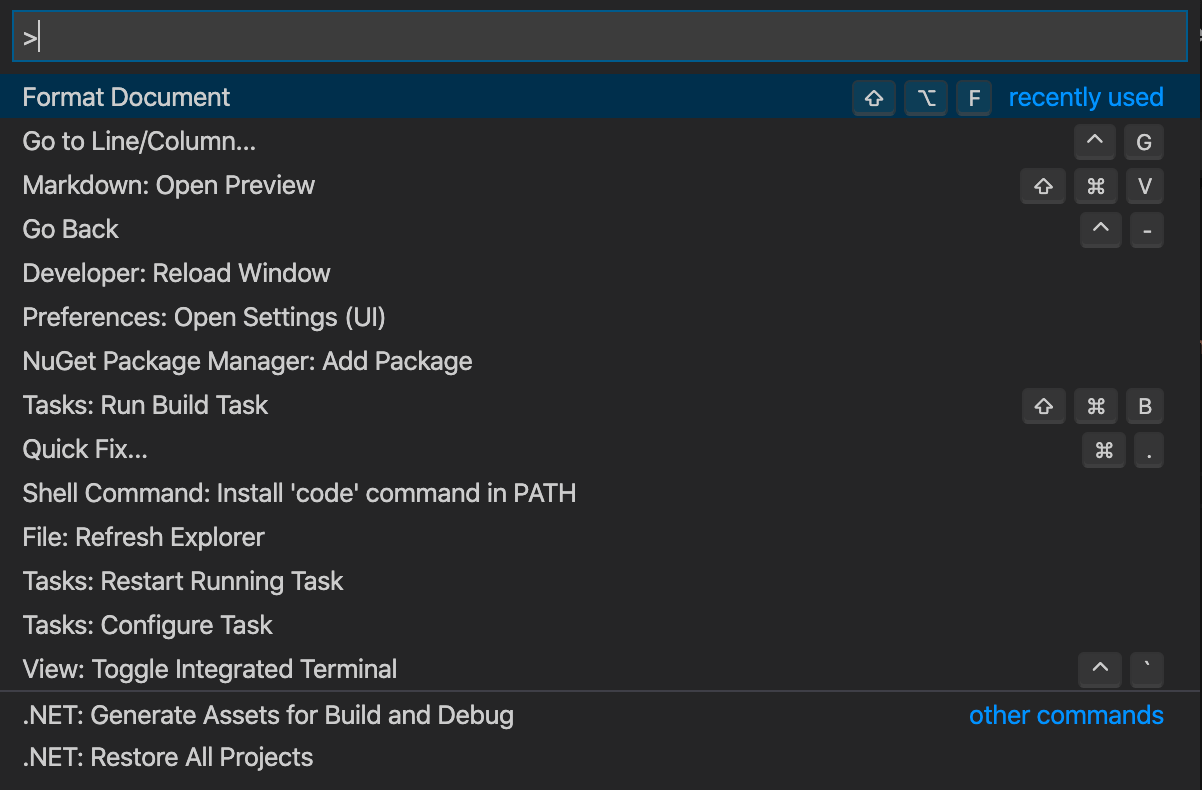The Business Value of Continuous Integration
In a world with increasing reliance on performant systems, how can businesses enhance the value their systems provide to users?
The Business Value of Continuous Integration
In a world with increasing reliance on performant systems, how can businesses enhance the value their systems provide to users?
Automated continuous integration, delivery, and deployment practices transform companies’ ability to quickly deliver increasingly valuable systems to users. These principles are the result of decades of industry experience, and provide value in in three primary ways:
- Increasing agility to respond to users’ needs. One of the companies I work with, a multi-billion-dollar construction company, saw the average lead time from feature inception until feature usage by users drop from eight months to fourteen days after adopting continuous delivery principles. This newly developed competitive advantage allowed for rapid requirements adjustment in the face of user feedback and changing business needs.
- Producing a higher-quality code-base with fewer defects. The severity and frequency of defects drop after adopting continuous integration/delivery. Our client suffered from deployments riddled with uncertainty and bug counts were high. For example, there were 38 bugs reported for just one representative beta-test/release. Now there are far fewer defects (a typical cycle will contain fewer than 5 bugs, and improving). For those that slip through, the ability to quickly push a fix to production with automated regression tests is invaluable, translating to less downtime for system users.
- Providing assurance that the system will be performant under a production load. Ensuring system performance is critical to the value the user receives from the software. A continuous integration/delivery pipeline is the ideal place for automated performance testing to provide assurance that the system will not break when set upon by an actual production load.
If we aren’t providing users with a valuable service, then for what purpose are we building software? Continuous integration/delivery is a key industry tool that adds value to a system by increasing the value provided to users.



Share this post
Twitter
Facebook
Reddit
LinkedIn
StumbleUpon
Email